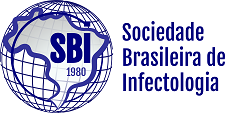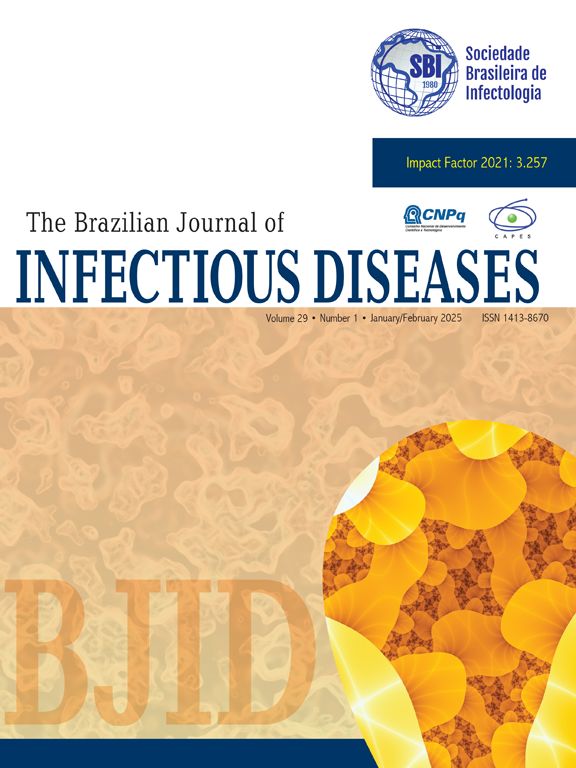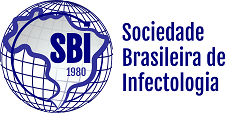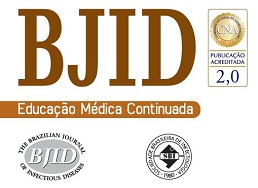We evaluated the DMFT (decayed, missing and filled teeth) index and the prevalence of candidiasis, linear gingival erythema, oral hairy leukoplakia, herpes simplex, aphthous ulcers, Kaposi's sarcoma and lymphoma, as well as the association with TCD4 count, viral load (VL) and antiretroviral therapy (ART) in 140 HIV-infected adult individuals. A standardized examination to determine the DMFT index and the presence of oral lesions was conducted. Demographic data, TCD4 count and use of ART were obtained from medical records. A high number of decayed teeth detected among patients undergoing ART resulted in a mean DMFT of 16.9 teeth. It was observed that 24.2% of the individuals had at least one oral lesion. Candidiasis was the most frequent lesion and was associated with the TCD4 count. Oral hairy leukoplakia was associated with an increased VL. Regular use of ART was inversely associated with the occurrence of lesions. Overall, the studied population showed low prevalence of oral lesions and high DMFT index. The use of ART seems to reduce the occurrence of these lesions. Higher TCD4 count and a lower VL were associated with an improved oral health status in HIV+ individuals.
The Impact Factor measures the average number of citations received in a particular year by papers published in the journal during the two preceding years.
© Clarivate Analytics, Journal Citation Reports 2025
SRJ is a prestige metric based on the idea that not all citations are the same. SJR uses a similar algorithm as the Google page rank; it provides a quantitative and qualitative measure of the journal's impact.
See moreSNIP measures contextual citation impact by wighting citations based on the total number of citations in a subject field.
See more



